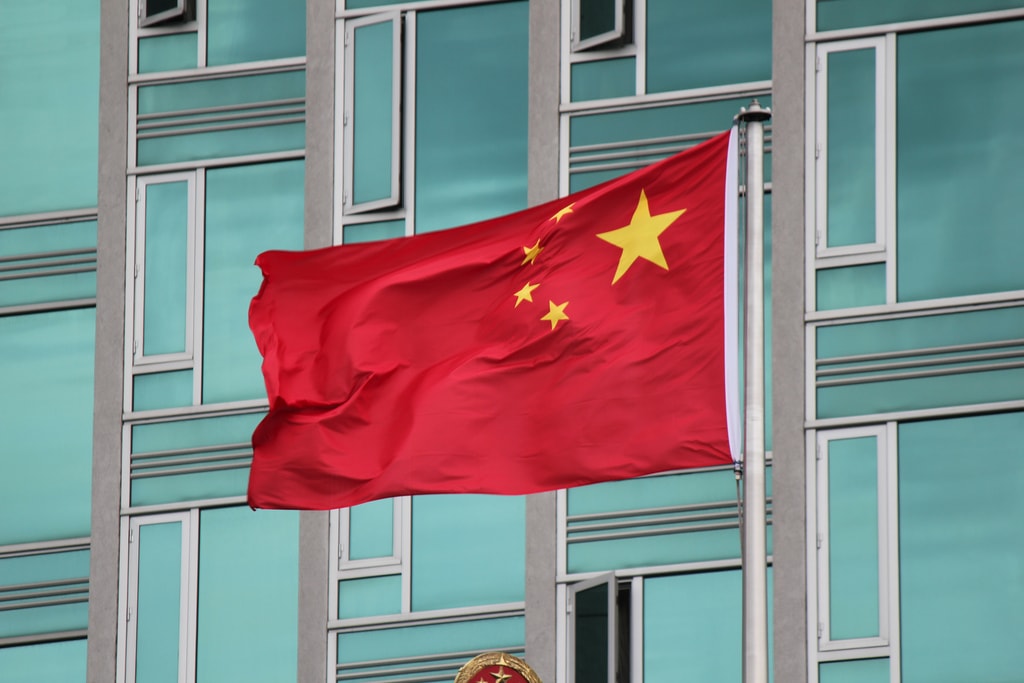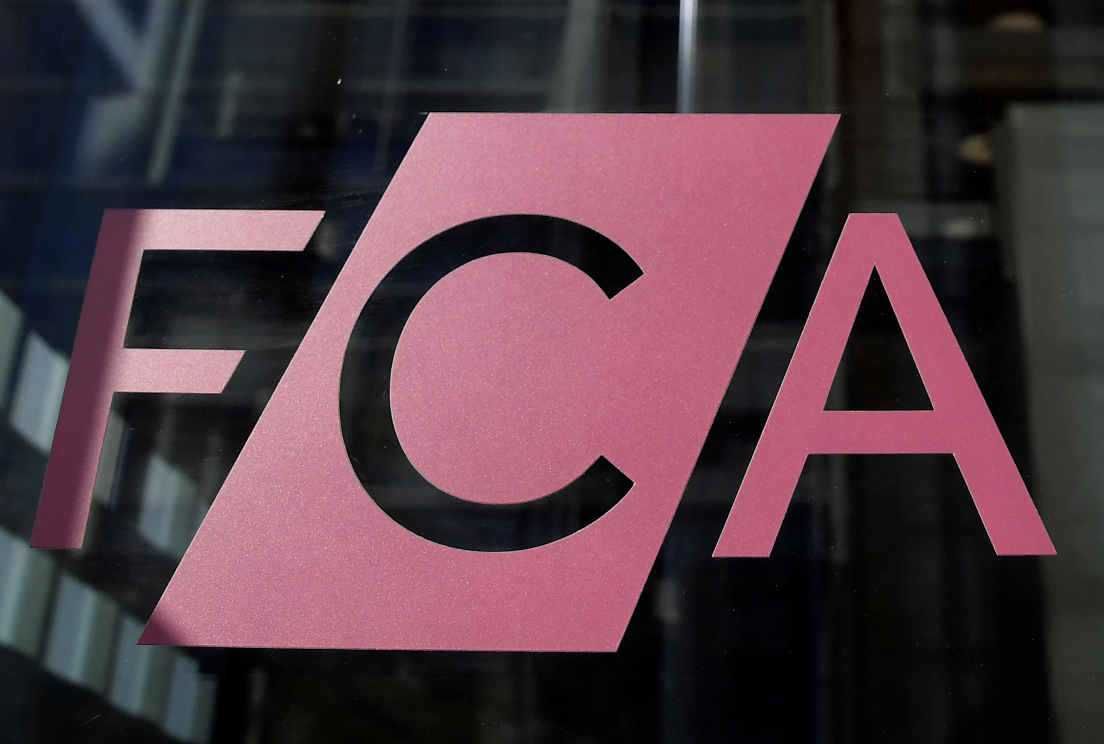China Announces Plan to Curb Rising Methane Emissions

- China’s methane emissions are world’s highest
- China emissions mostly from coal mining, agriculture
- Biggest challenge is to cut emissions from rice fields
China has drafted a new plan to control methane and will promote new technologies and financing mechanisms to slash rising emissions of the greenhouse gas that traps 80 times more heat than carbon dioxide, the country’s top climate official said.
Senior climate change envoy Xie Zhenhua said on the sidelines of climate talks in Egypt’s Sharm El-Sheikh on Tuesday the new action plan would lead to concrete measures to curb methane emissions from energy, agriculture and waste.
Tackling methane has become a major part of global efforts to limit temperature rises to 1.5 Celsius (2.7 Fahrenheit), with around 40 countries set to reveal abatement plans in Sharm El-Sheikh.
China’s emissions are the highest in the world and around a fifth of the global total. While it did not signed a “Global Methane Pledge” last year, it agreed to “develop additional measures” to control the gas.
Provincial governments in China have also pledged in recent weeks to take stronger action to curb emissions, and a pilot national programme will begin early next year to discover “best practices” to control and monitor the gas.
But Xie said China’s ability to control the gas remained “weak”, and its current focus was on “preliminary goals” like improving monitoring capabilities.
Researchers have warned that China’s emissions profile could make abatement costlier and more difficult than elsewhere.
Unlike the United States, where oil and gas is the major source, around 40% of China’s methane emissions are gas that escapes during the mining of coal, according to the Innovative Green Development Program (IGDP), a Chinese think tank.
Another 42% is from agriculture, including livestock and rice cultivation, the IGDP said in a June research report.
“Many of the methane sources are fugitive emissions, which are usually difficult to accurately account for,” said Zhang Yuzhong, a researcher at China’s Westlake University.
See related article: Singapore and China Strengthen Cooperation in Green Finance and Capital Market Linkages
UTILISATION
Climate envoy Xie said a “change of thinking” was required to consider greenhouse gases like methane as a potential resource to be utilised.
The utilisation of coalbed methane (CBM) has already become a major industry in China and helped cut atmospheric emissions in northern China’s Shanxi province, which produces as much methane from its mines as the rest of the world combined, according to research by Global Energy Monitor.
Methane concentrations vary dramatically, however, meaning there is no one-size-fits-all technological solution, and no guaranteed financial return to justify building storage infrastructure at every mine, experts say.
Utilisation is also not a practical solution for China’s abandoned coal mines, now responsible for more man-made methane emissions per year than any single industrialised nation apart from the United States and Russia, according to research from China’s Zhejiang University published this month.
Raising utilisation rates could help slash emissions from livestock though, with farmers already encouraged to install digesters to utilise biogas. China’s “comprehensive utilisation” of agricultural waste could also help slash methane emissions.
A bigger challenge is cutting emissions from rice paddies, which breed methane-emitting bacteria. Any solution would require changes in the practices of millions of farmers, said Westlake University’s Zhang.
China’s efforts to control methane have so far come up short and it still has a lot to do, said Global Energy Monitor’s Ryan Driskell Tate, who has researched China’s methane emissions.
“China will need enforcement mechanisms and plans for implementation to achieve its targets,” he said.
Source: Reuters










